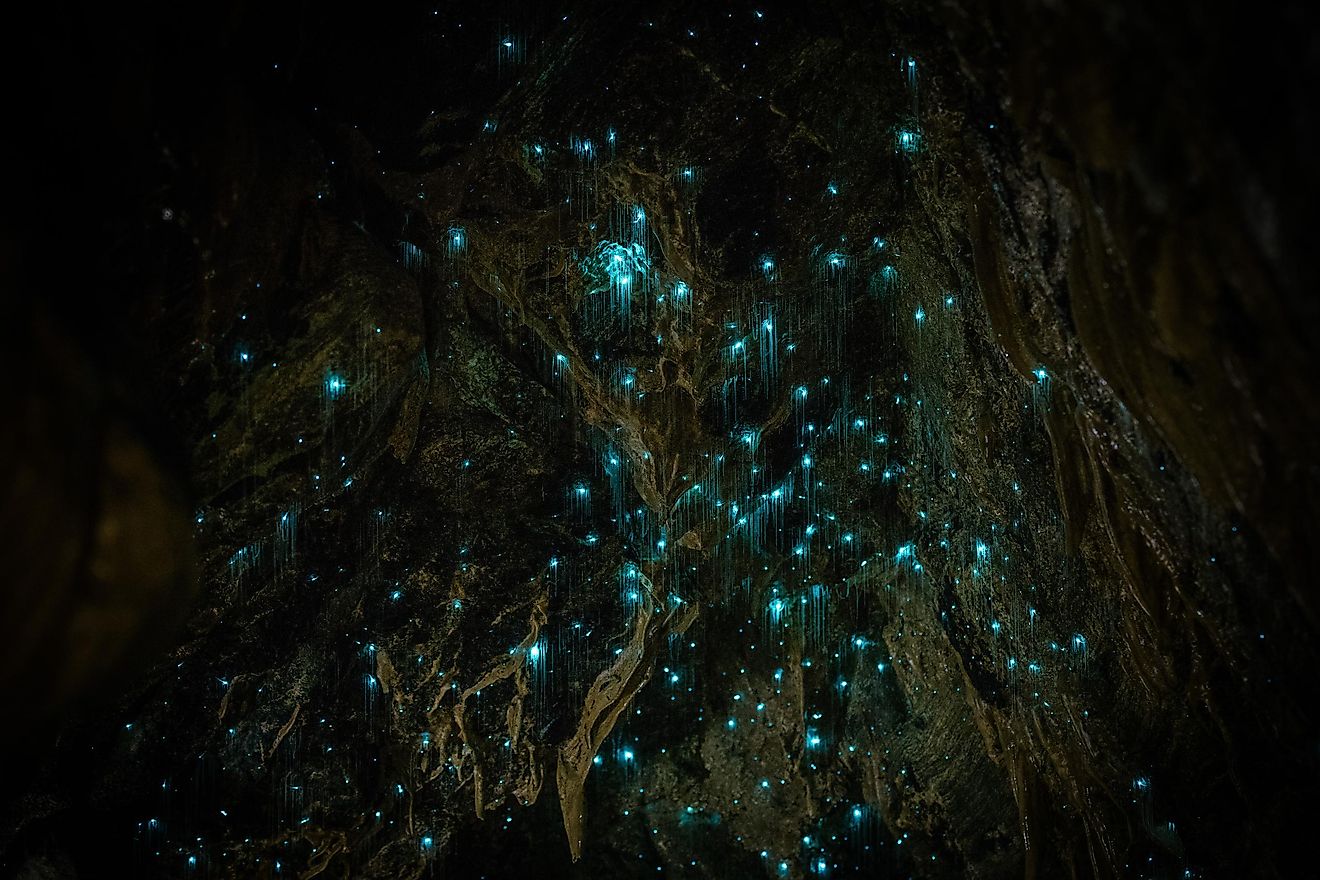Incredible Waitomo Glowworm Caves

- The Waitomo Glowworm Caves is an attraction that can be found in the Waitomo Caves system; this cave is home to a glowworm species called Arachnocampa Luminosa that can only be found in New Zealand.
- The glowworms are the size of a matchstick, and their tails create a bioluminescent light. Once a large number of them are gathered, the light that they create is absolutely breathtaking.
- Glowworms are technically not even worms. They are a species of gnat, and when they are glowing in these caves, they are still in their larvae state. In this state, they are closer to maggots than worms.
- Once glowworms hatch, they become adult flies that can live 2 to 3 days at most. They do not feed; they only mate and lay new eggs before their life ends.
The North Island of New Zealand is home to an incredibly peculiar and gorgeous attraction. The Waitomo Glowworm Caves is an attraction that can be found in the Waitomo Caves system, and it is a sight to behold. Looking like something that fell straight out of the pages of a picture book, this cave is home to a glowworm species called Arachnocampa Luminosa that can only be found in New Zealand.
The glowworms create beautiful lights on the walls and roof of the caves, and it is safe to say that they create one of the most surreal attractions on the planet. The glowworms are the size of a matchstick, and their tails create a bioluminescent light. Once a large number of them are gathered, the light that they create is absolutely breathtaking, and you can see it all over these caves. Let’s find out some more interesting facts about them!
Luminous Caves
Interestingly, the glowworms are technically not even worms. They are a species of gnat, and when they are glowing in these caves, they are still in their larvae state. In this state, they are closer to maggots than worms. Once they hatch, they resemble mosquitoes quite a bit. The reason they create their signature glow is to attract other insects. You’ve probably guessed that their goal is to capture these insects and use them for food. They can capture them using the sticky lines that hang from the ceiling of the caves.

The Waitomo caves where we can find these glowworms in large numbers started forming more than 30 million years ago. They are made out of limestone rock, which was originally just shells and bones of ancient marine animals. The fossils of these animals hardened and turned into rock, which created these caves once tectonic activity started kicking in. Interestingly, the Waitomo caves consist of hundreds of different caves. The Waitomo Glowworm Cave is the most popular one, but there are at least a dozen more that can be explored with tours.
The Sad Life Of Glowworms
Naturally, taking a tour is the best way to explore the Waitomo Glowworm Caves, but you can also see these glowworms using other methods. By climbing through other caves, especially at night, you can see many glowworms along many other trails. Of course, the concentration inside the Glowworm Cave makes the location far more special than any other. The cave has been a popular tourist spot for more than 100 years for a good reason; it is absolutely breathtaking.

The local Maori guides started taking tourists inside of the caves in 1904, and the caves are still as impressive as ever. The light that these creatures produce is sure to impress anyone that enters the cave, which makes their short lives even more depressing. Once glowworms hatch, they become adult flies that can live 2 to 3 days at most. They do not feed; they only mate and lay new eggs before their life ends. This information gives the beautiful caves bittersweet vibes, knowing that these creatures create something we all marvel upon, but then do not even get the chance to live.
There is also another inhabitant to these caves beside the glowworm, and it is the cave cricket known as the weta. They are an endemic group of insects only found in New Zealand, and there are about 70 different species in that group. One of them is the giant weta, which is the heaviest insect in the world. Another interesting thing about these caves is that you can easily destroy the limestone rocks just by touching them. It took several thousands of years for these pillars and stalactites to form, so if you ever decide to visit this place, be careful.











